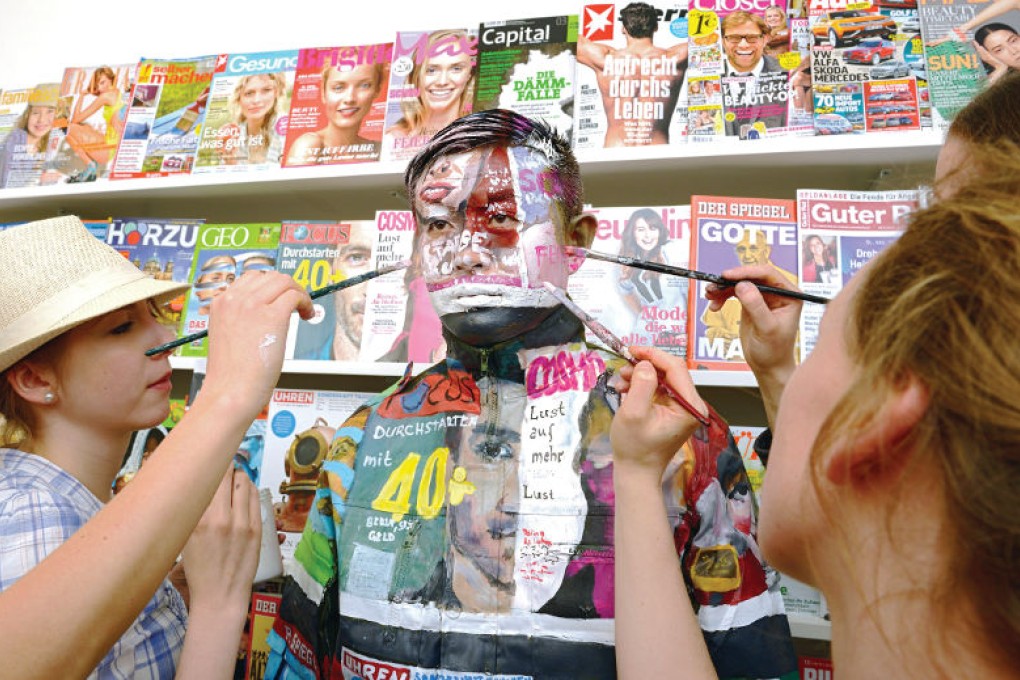
Art education matters not only because it helps students develop various types of intelligence. It also provides an alternative set of lenses for young people to relate to the world we live in and reflect on what they see, according to education experts.
Susanna Chung, head of learning and participation at Asia Art Archive, says schools in Hong Kong have come a long way in helping students use art as a means of inquiry, but adds that art education in the city faces the same issue as in the rest of Asia - the lack of contemporary Asian art references in the form of archiving, regular exhibitions in museums and galleries, and teaching materials.
Founded in 2000, Asia Art Archive has been working with local and international schools, and educators in Hong Kong, the mainland and across the region to raise awareness of contemporary Asian art and promote art education.
It has also built up resources such as a mobile library of art books, a growing digital art archive, and school tours and workshops for teachers, students and the public.
“Since 2009, art criticism and art history have been included as part of the visual art curriculum in Hong Kong,” says Chung. “However, although teachers want to include contemporary arts in designing the curriculum, they simply don’t know where to start, because there is a historical void. The art education materials we have in Asia, especially countries with a colonial past, are by and large under the influence of the west.
“It is an issue we all have to address because topics such as gender equality, environmental protection, technology and political issues are best addressed by contemporary art,” Chung says. She stresses that works by contemporary Asian artists help students look at the world around them through the artists’ eyes, and open up a new realm of possibilities in terms of how they perceive various issues, the impact they make, and the possible solutions that they imagine could happen. Not to address the need for greater exposure to contemporary Asian art would be to risk a “discon-nect” between art education and reality, Chung says.
